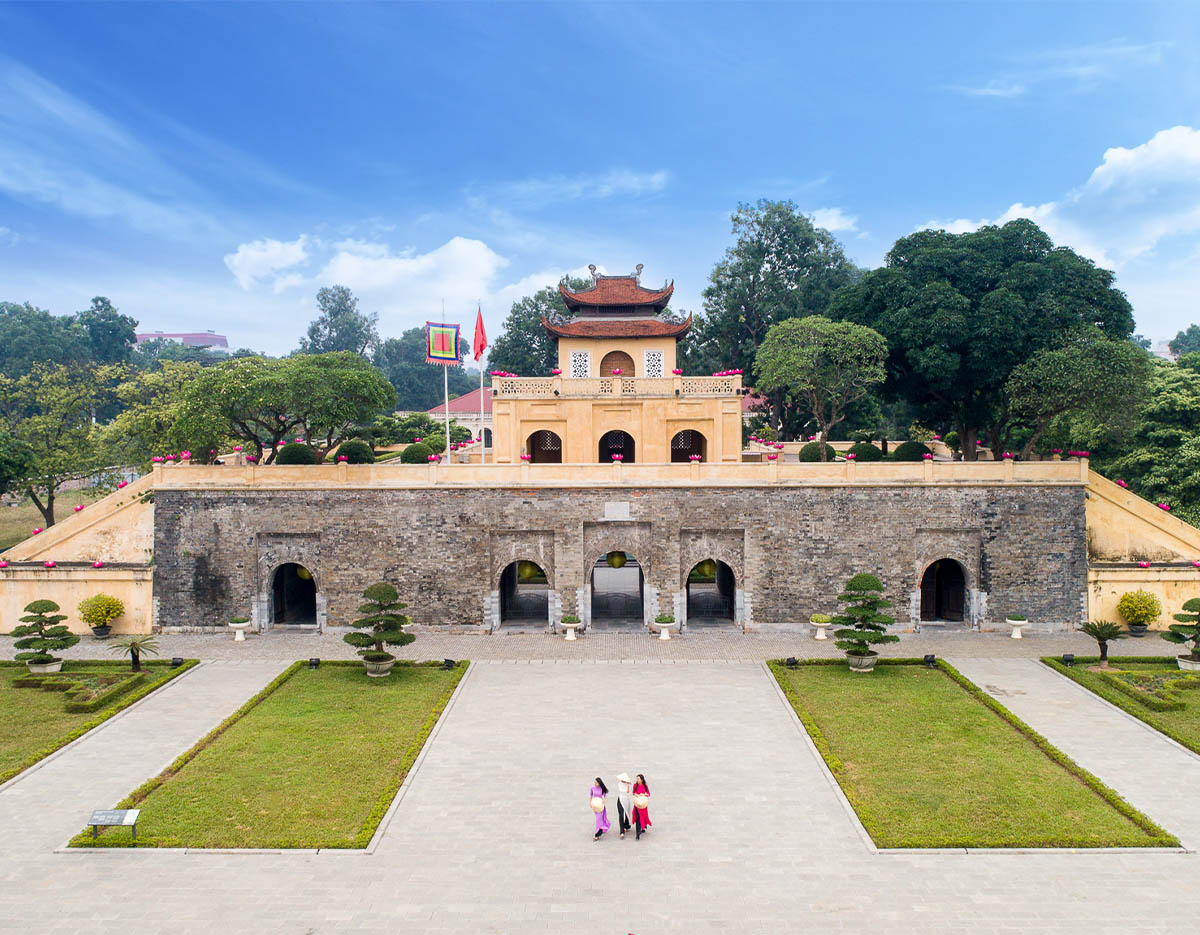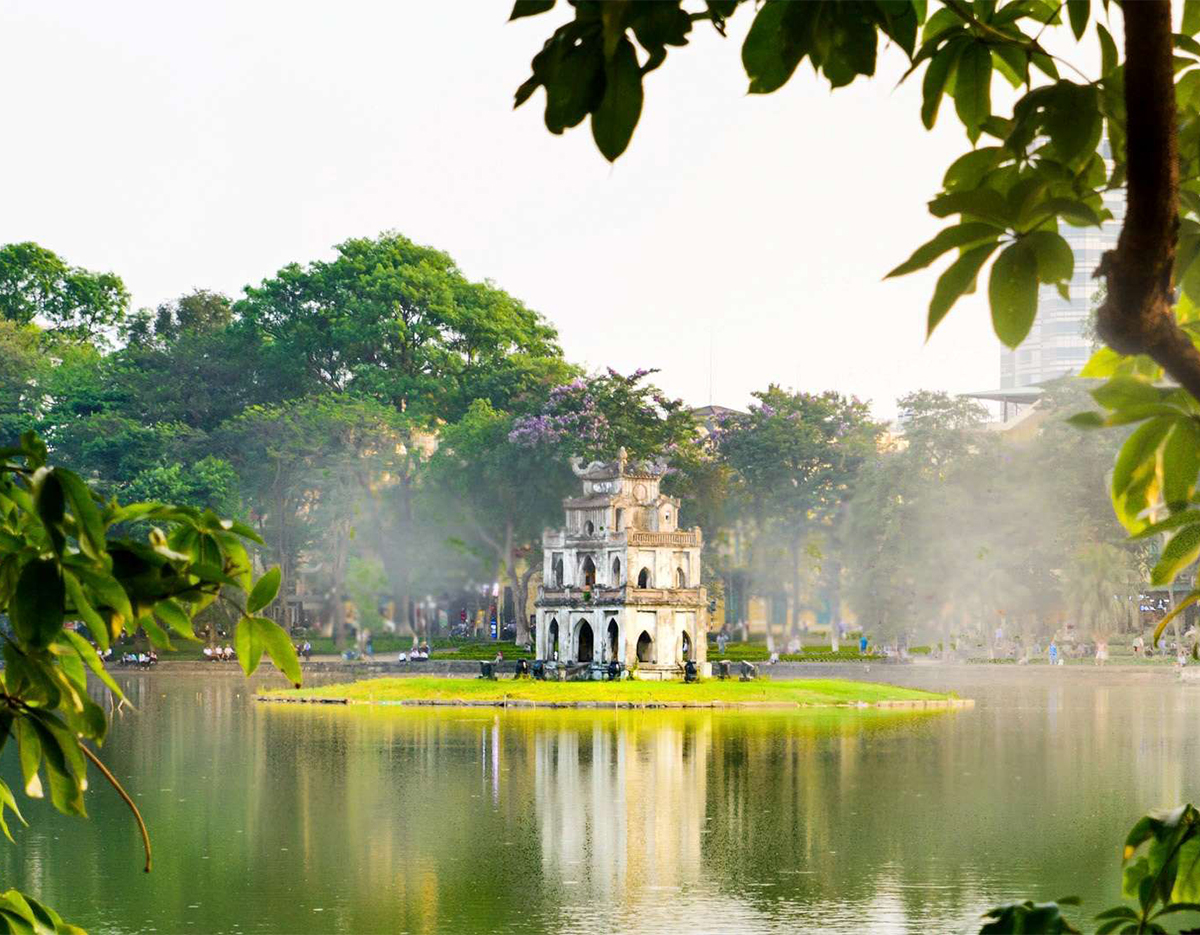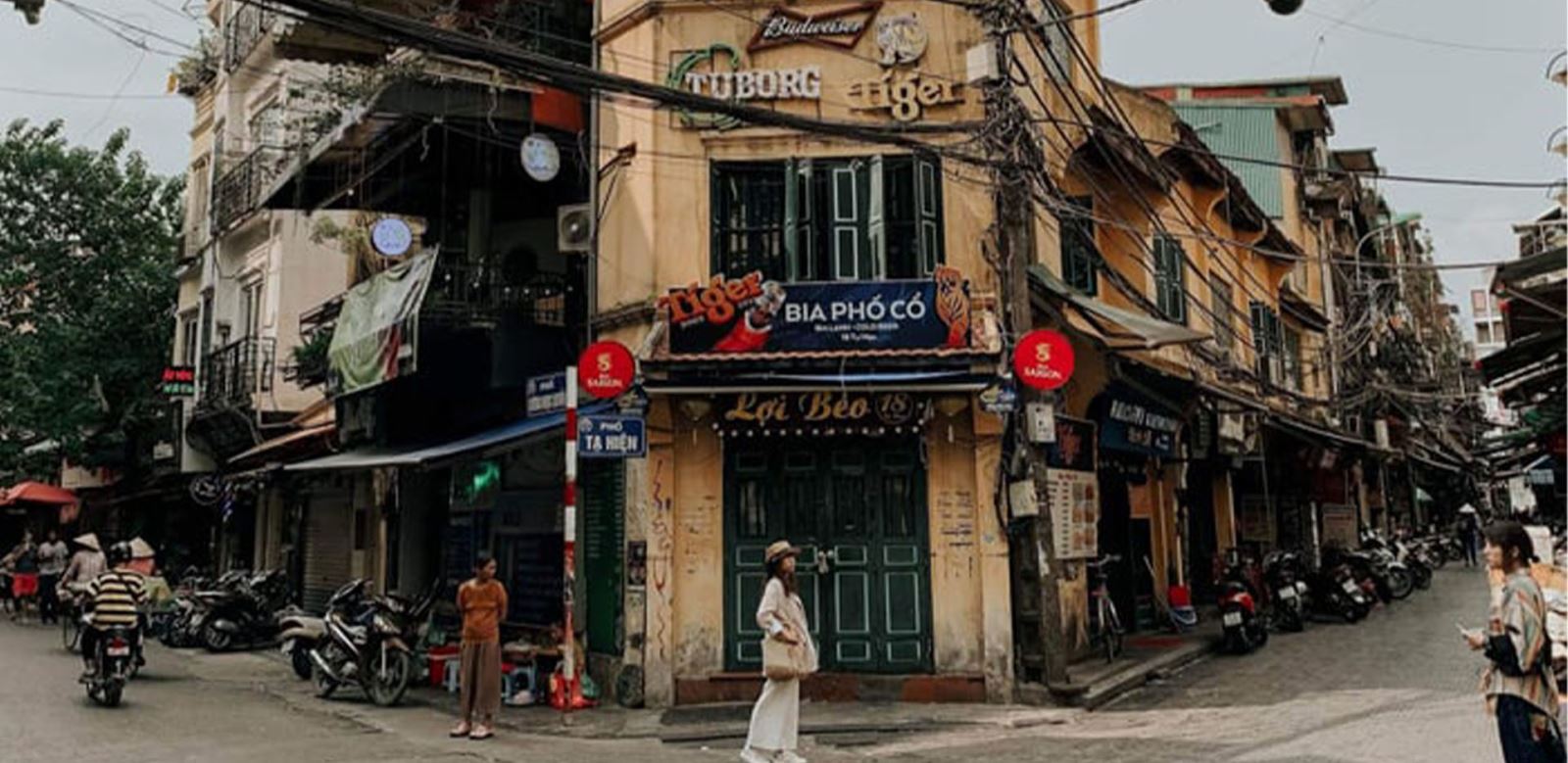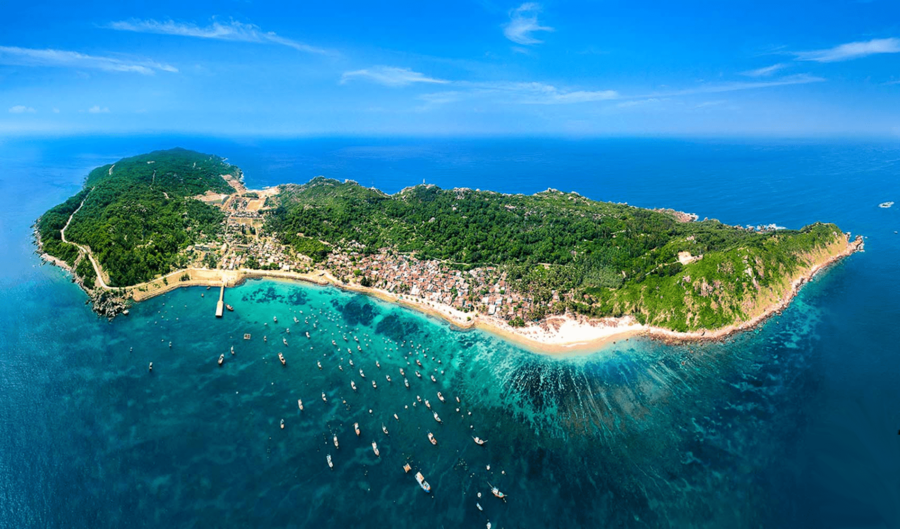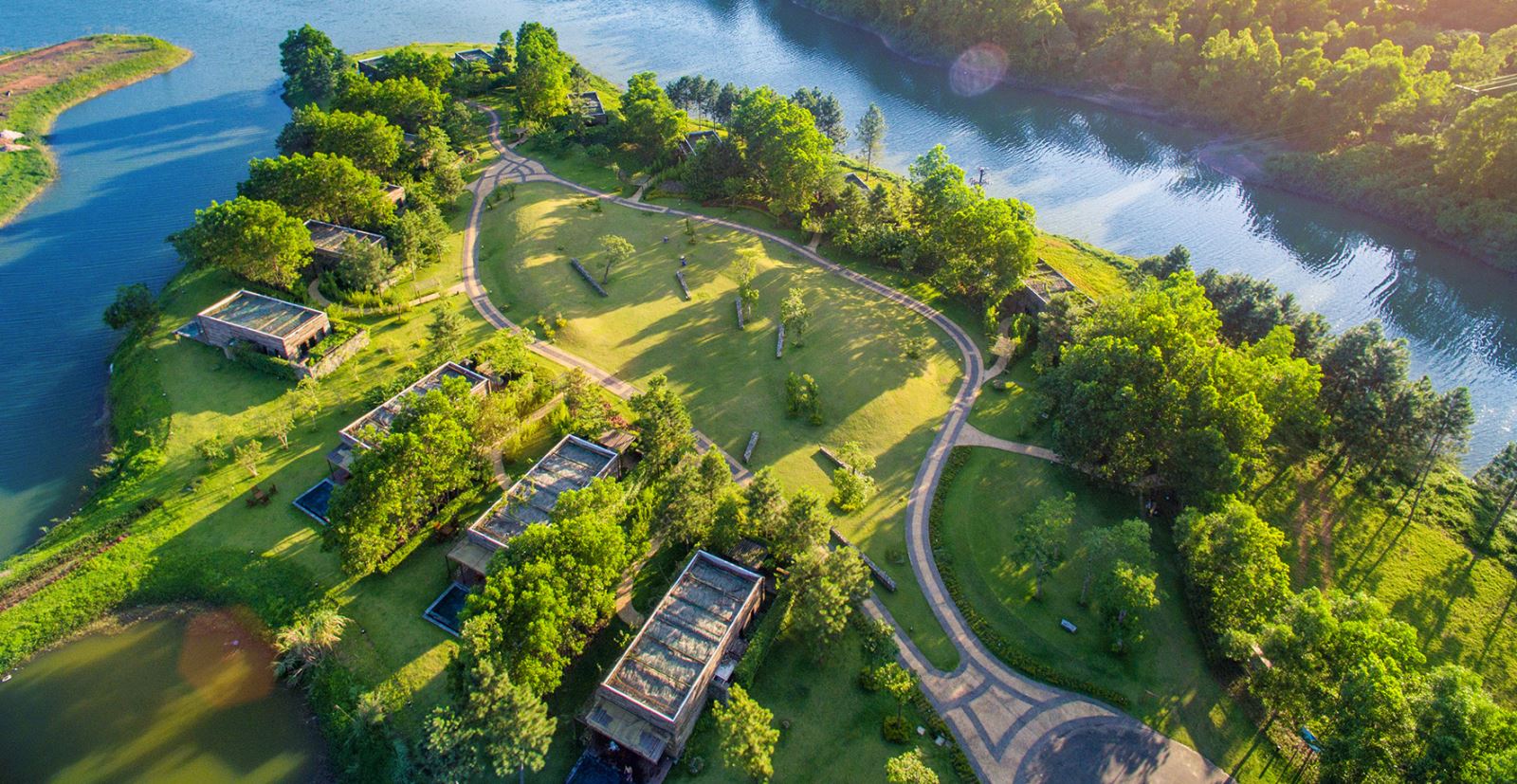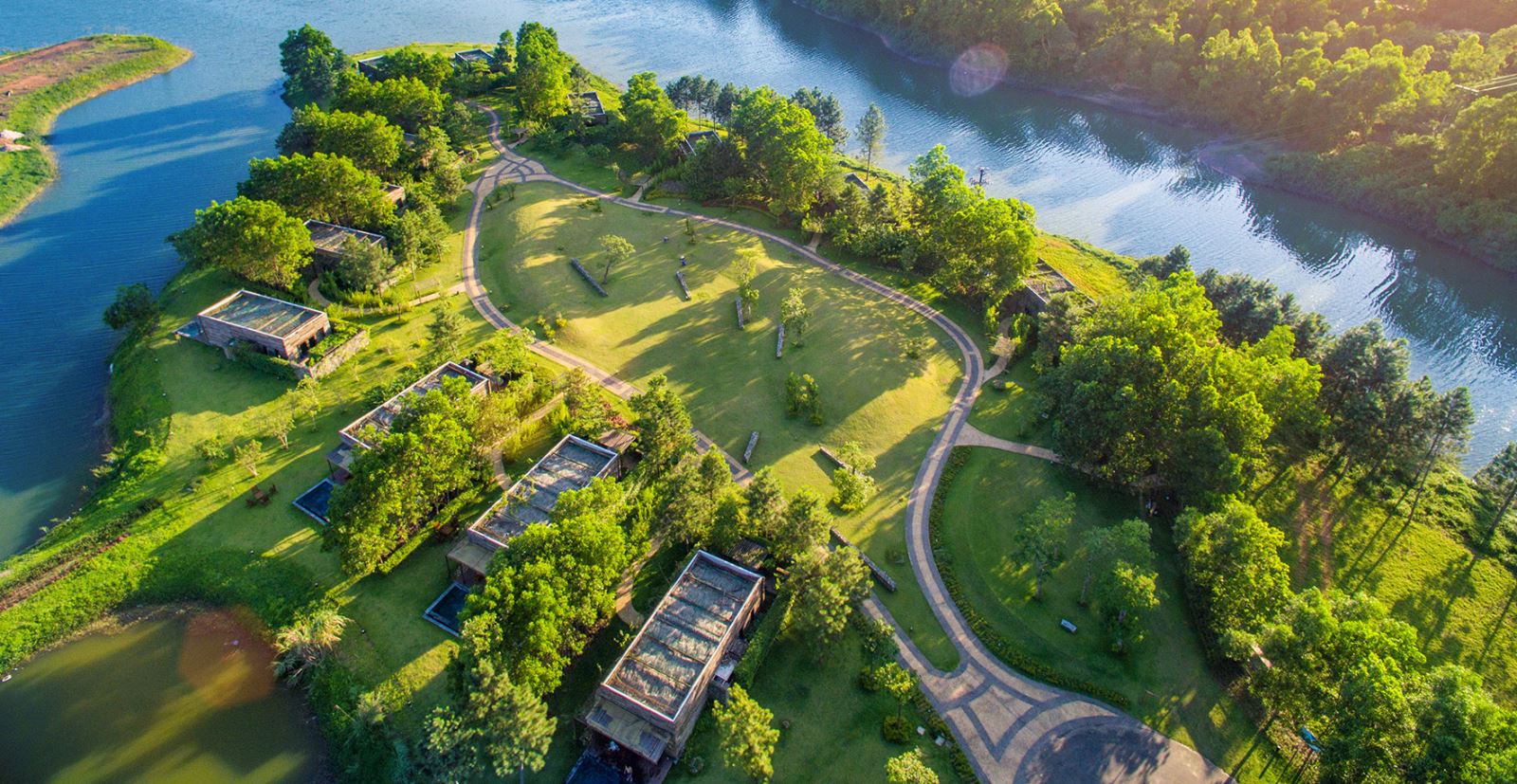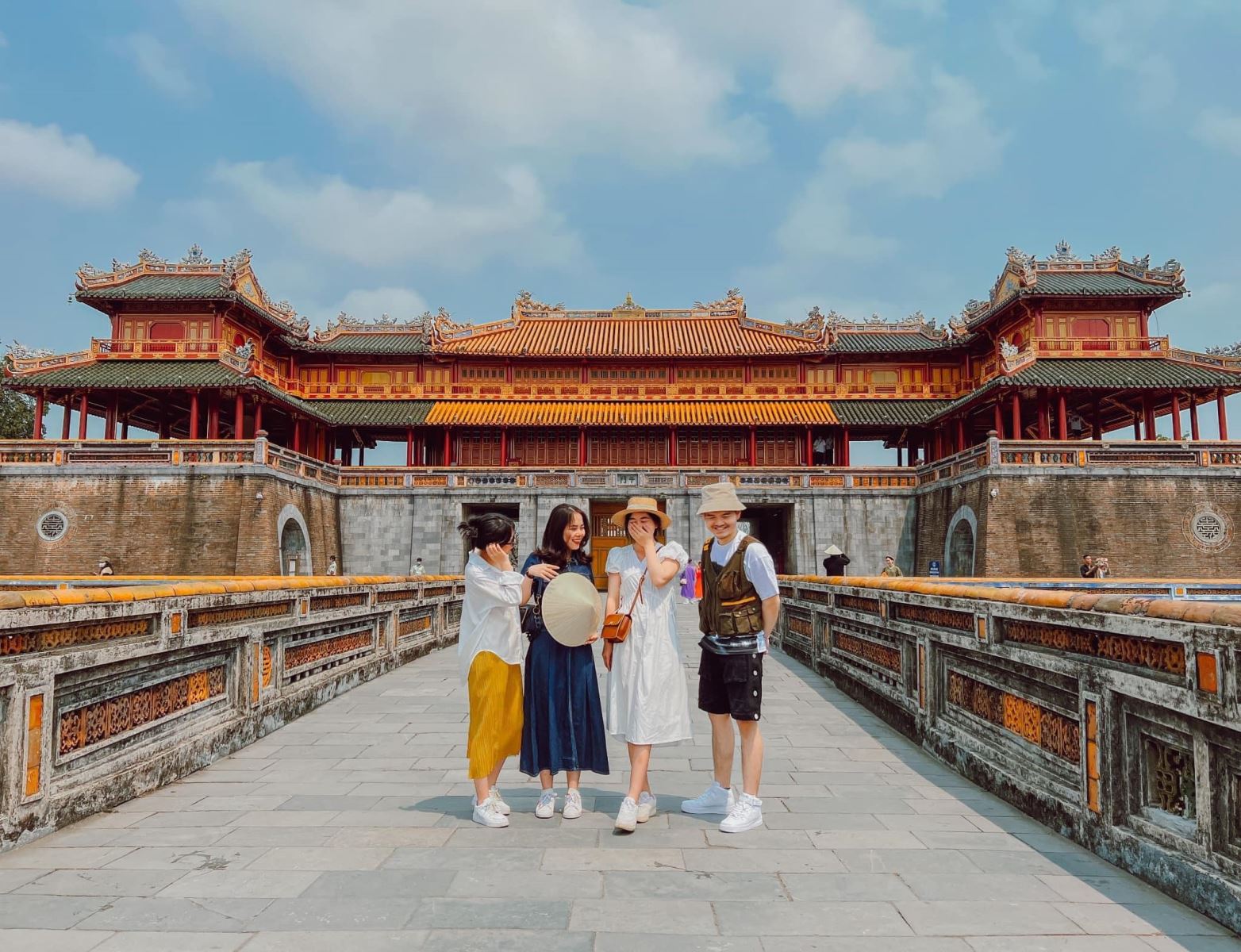Some facts you need to know about the Imperial City - Forbidden City.
The name "Forbidden City" originates from the term "Forbidden" in astrology, meaning the Son of Heaven or Heavenly Son. Since the dwelling place of the emperor is the Forbidden Palace, the term "Forbidden" was added. "City" means a strictly restricted area where ordinary people are prohibited from entering.
The Forbidden City is known as the administrative center of the emperors and their courtiers. It is also the residence of the emperor and his royal concubines, as well as officials and servants who served them.
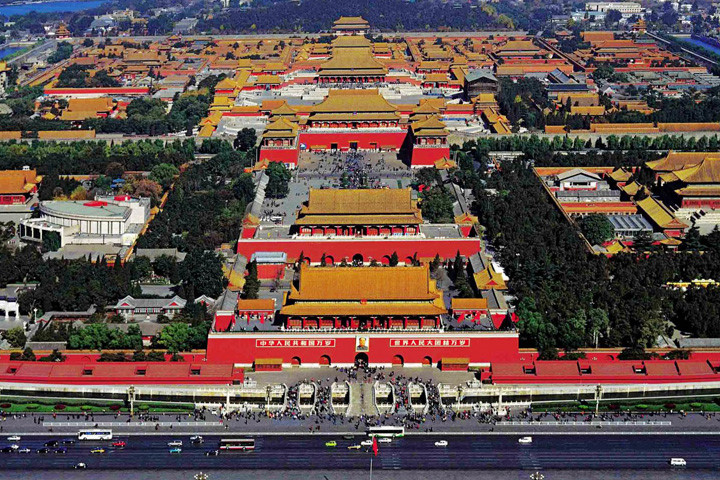
However, nowadays, the Forbidden City has become one of the world's famous wonders. With thousands of years of history, the Forbidden City holds many mysteries that future generations always want to explore.
The construction of the Forbidden City is based on a mythical story called "Tử Vi Tiên." Legend has it that there was a place called Tử Vi Palace (a purple palace), the dwelling place of the Jade Emperor and celestial beings. In this place, the Emperor was referred to as the Heavenly Son, and only a palace like Tử Vi Palace was deemed worthy of him.
This project was built over 15 years (1406 - 1420) with the contribution of 1 million laborers. Thus, the Forbidden City of China is now over 600 years old, dating back to the time of Emperor Minh Thanh To - Chu De. He was the son of Emperor Chu Nguyen Chuong. Chu De was known for his exceptional talent, brilliance, and audacity. Chu De usurped the throne from his nephew, Doan Van, and ascended to the throne. Wanting to consolidate his power, he ordered his courtiers to build the most magnificent and grandiose palace ever, a scale that would command reverence for generations to come.
Although no longer the residence of emperors, the Forbidden City is now a famous tourist destination in China and the world. It is praised not only for its magnificent beauty but also for the hidden secrets within.
The Forbidden City of China is identified as one of the largest palaces in the world. The Forbidden City covers an area of 720,000 square meters with 800 palaces of various sizes. Compared to other famous palaces such as the Vatican, which covers 440,000 square meters, and the Kremlin, which covers 275,000 square meters, the Forbidden City truly deserves its recognition.
The Forbidden City is a source of pride for the Chinese people due to its grandeur and magnificence, but few know that a Vietnamese eunuch named Nguyen An (1381 - 1453) also contributed to the construction of this project.
The Forbidden City in China not only had a construction period of over 10 years but also was made from massive stone blocks. According to analysis from archaeologists, ancient people used extremely heavy stone blocks weighing 200 - 300 tons to build the Forbidden City. These stone blocks were transported to Beijing from a location 70 km away using carts with axles. To transport the stone, each block required 50 strong men to carry it for 28 days without rest. With the efforts of 1 million people at that time, the Forbidden City deserves to be a magnificent complex of the Chinese people in particular and the world in general.
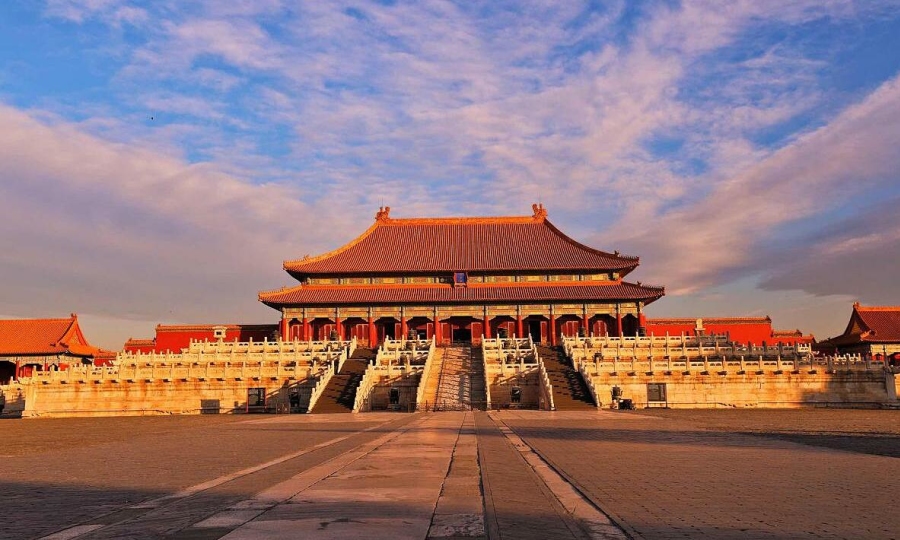
The Forbidden City is a complex of 800 palaces of various sizes. The main palaces are concentrated in the inner court, also known as the imperial court. The inner court is divided into two parts: the Eastern and Western Six Palaces and the Inner Court Three Palaces, along with some other palaces. Among them, the Inner Court Three Palaces consist of the Hall of Supreme Harmony, the Hall of Complete Harmony, and the Hall of Preserving Harmony. On either side of the Inner Court are the palaces of consorts and concubines, arranged according to their respective ranks.
The Forbidden City has four gateways: the Meridian Gate in the south, the Gate of Divine Might in the north, the Donghua Gate in the east, and the Xihua Gate in the west. The four corners of the Forbidden City feature four watchtowers with three-tiered roofs adorned with 72 ridges, considered masterpieces of Chinese architecture.
One of the interesting features of the Forbidden City is that despite being over 600 years old and having experienced more than 200 earthquakes, it still stands strong. Even with devastating earthquakes like the Tangshan earthquake in 1976, which killed 240,000 people in 23 seconds and destroyed the northern border overnight, the Forbidden City remained unaffected. Archaeologists analyzed the architecture of the Forbidden City and conducted model-building and simulation tests of an earthquake measuring up to 10.1 on the Richter scale. Despite the strong earthquake intensity, the large model's vibration amplitude caused some bricks of the Forbidden City to collapse, but the framework remained robust. After several tests, experts found the answer to this resilience lies in the fact that the pillars and bases of the Forbidden City are not deeply buried in the ground. This makes the overall palace structure flexible and less prone to collapse during disasters such as earthquakes.
In addition, ancient designers used traditional Chinese architecture, employing horizontal beams of the pillars called "cung" and combining them with square-shaped supporting pillars inserted between the "cung" to support the roofs of the Forbidden City. Particularly, this architectural style does not require the use of nails or adhesives to help the buildings withstand gravity better.
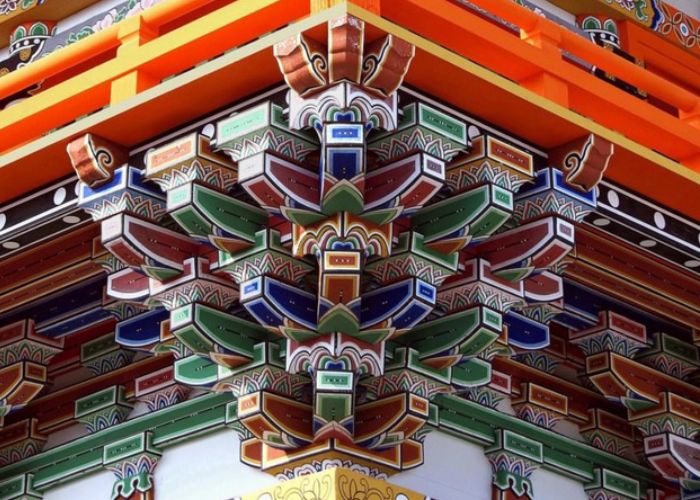
Among them, there are 231 collections of rare treasures, each consisting of a staggering number such as 53,000 paintings and 75,000 calligraphy works. One of them is the famous "Qingming Shanghe Tu," renowned worldwide and considered the "treasure" of the Forbidden City. This masterpiece was created by Zhang Zeduan, a famous painter of the Song dynasty. It is a scroll painting measuring 528.7 cm in length and 25.2 cm in width, depicting various urban activities and people from different social classes of the 12th century.
Through this, it can be seen that the Forbidden City is not only a monument witnessing the historical moments of China but also holds significant cultural value for the people of this country. Therefore, if you have the opportunity to visit China, do not miss the chance to explore the mysteries of the Forbidden City.
For more exciting news, follow the official fan page of Inbound Vietnam
Related posts
Phat Tich Pagoda is a famous spiritual destination in Bac Ninh city with unique architecture and a long history.
Phu Lang Pottery Village - A captivating tourist destination in Bac Ninh for those who love Vietnamese culture and traditions.
Saigon Notre Dame Cathedral stands as an iconic landmark in Ho Chi Minh City, steeped in a rich and mysterious history.
The Independence Palace symbolizes Vietnam's victory, peace, and territorial integrity.
We’ve compiled a list of the 10 most amazing landscapes in Vietnam, each of which offer truly unique photo opportunities and experiences
With many activities taking place such as singing and dancing, boat racing, street parades, etc., creating special features for festivals in Vietnam.
Our Danang tour package from Singapore is the perfect way to explore the best of Danang in a hassle-free and convenient way. Book your tour today and embark on a journey of a lifetime!
Why is Ha Long Bay an ideal destination in Vietnam? It is not only a natural wonder but also a place where you can immerse yourself in Vietnamese culture.


.jpg)
.jpg)
.jpg)
.jpg)
.jpg)
.jpg)
.jpg)
.jpg)
.jpg)
.jpg)
.jpg)
.jpg)
.jpg)
.jpg)
.jpg)
.jpg)
.jpg)
.PNG)
.jpg)
.PNG)
.jpg)
.jpg)
.jpg)
.PNG)
.PNG)
.PNG)
.PNG)
.PNG)
.PNG)
.png)
.png)
.jpg)
.jpg)
.jpg)
.jpg)
.jpg)
.jpg)
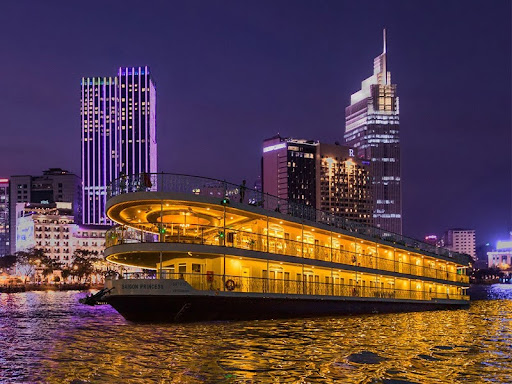

.jpg)
.jpg)
.jpg)
.jpg)
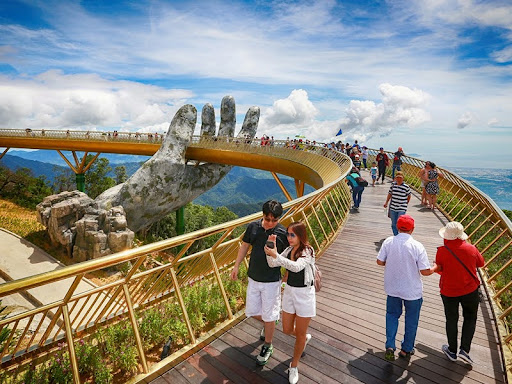
.jpg)
.jpg)
.jpg)
.jpg)
.jpg)
.jpg)
.jpg)
.jpg)
.jpg)
.jpg)
.jpg)
.jpg)
.jpg)
.jpg)
.jpg)
.jpg)
.jpg)
.jpg)
.jpg)
.jpg)
.jpg)
.jpg)
.jpg)
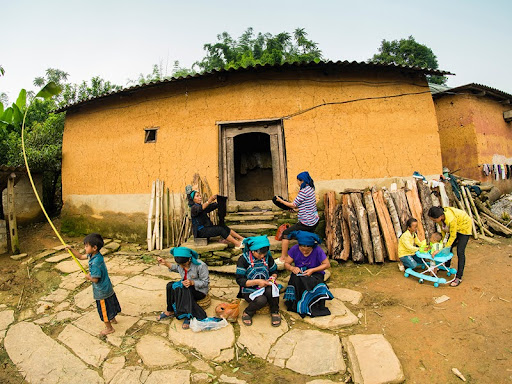
.jpg)
.jpg)
.jpg)
.jpg)
.jpg)
.jpg)
.jpg)
.jpg)
.jpg)
.jpg)
.jpg)
.jpg)
.jpg)
.jpg)
.jpg)
.jpg)
.jpg)
.jpg)
.jpg)
.jpg)
.jpg)
.jpg)
.jpg)
.jpg)
.jpg)
.jpg)
.jpg)
.jpg)
.jpg)
.jpg)
.jpg)
.jpg)
.jpg)
.jpg)
.jpg)
.jpg)
.PNG)
-copy.jpg)
.jpg)
-copy.jpg)
.PNG)
.PNG)
.png)
.png)
.PNG)
.png)
.jpg)
.jpg)
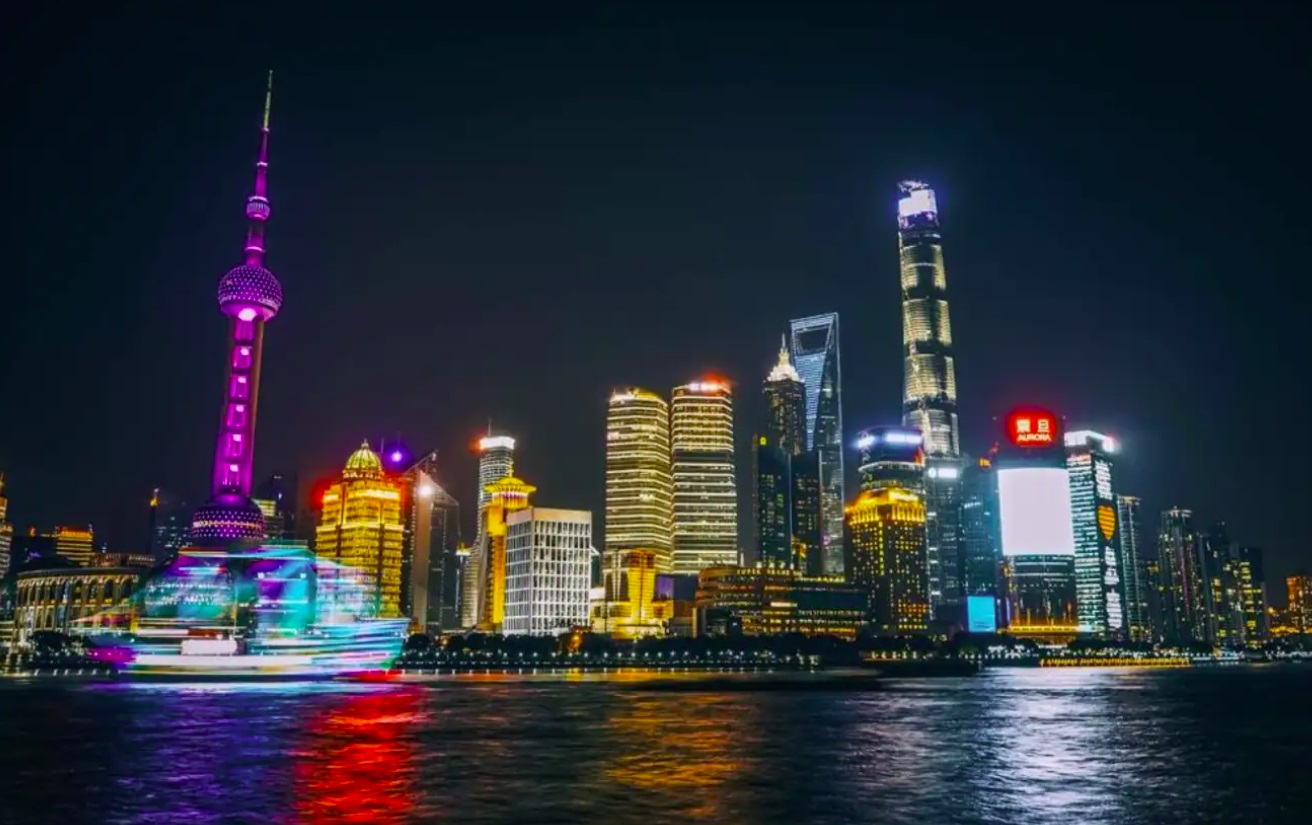
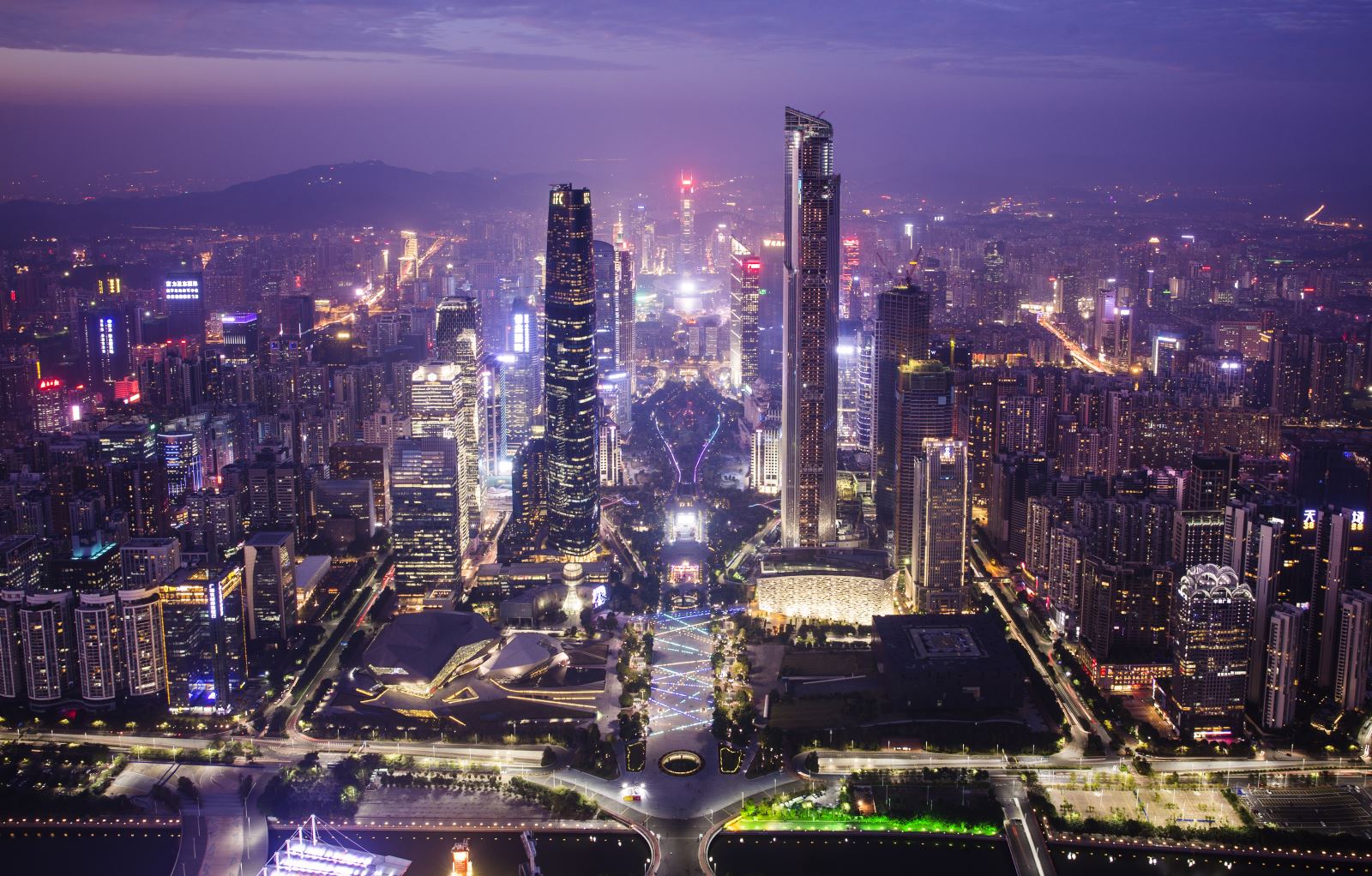
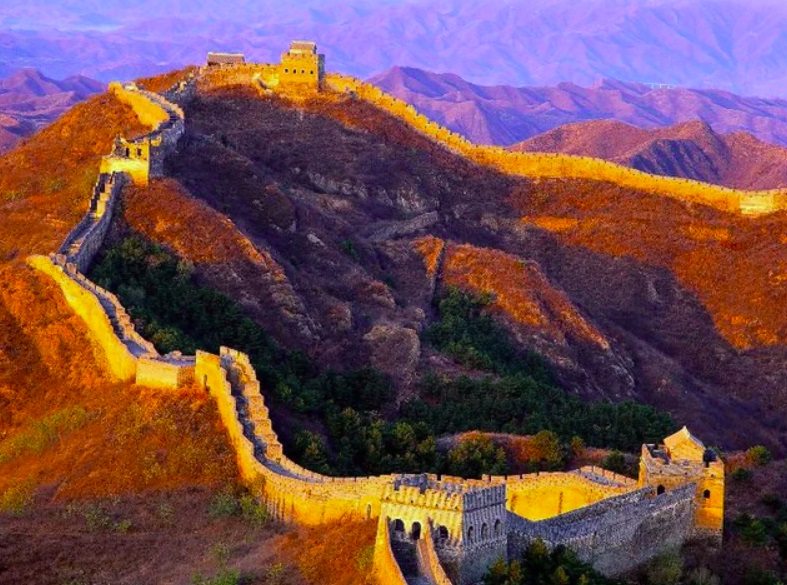
-copy.jpg)
-copy.jpg)
-copy.jpg)

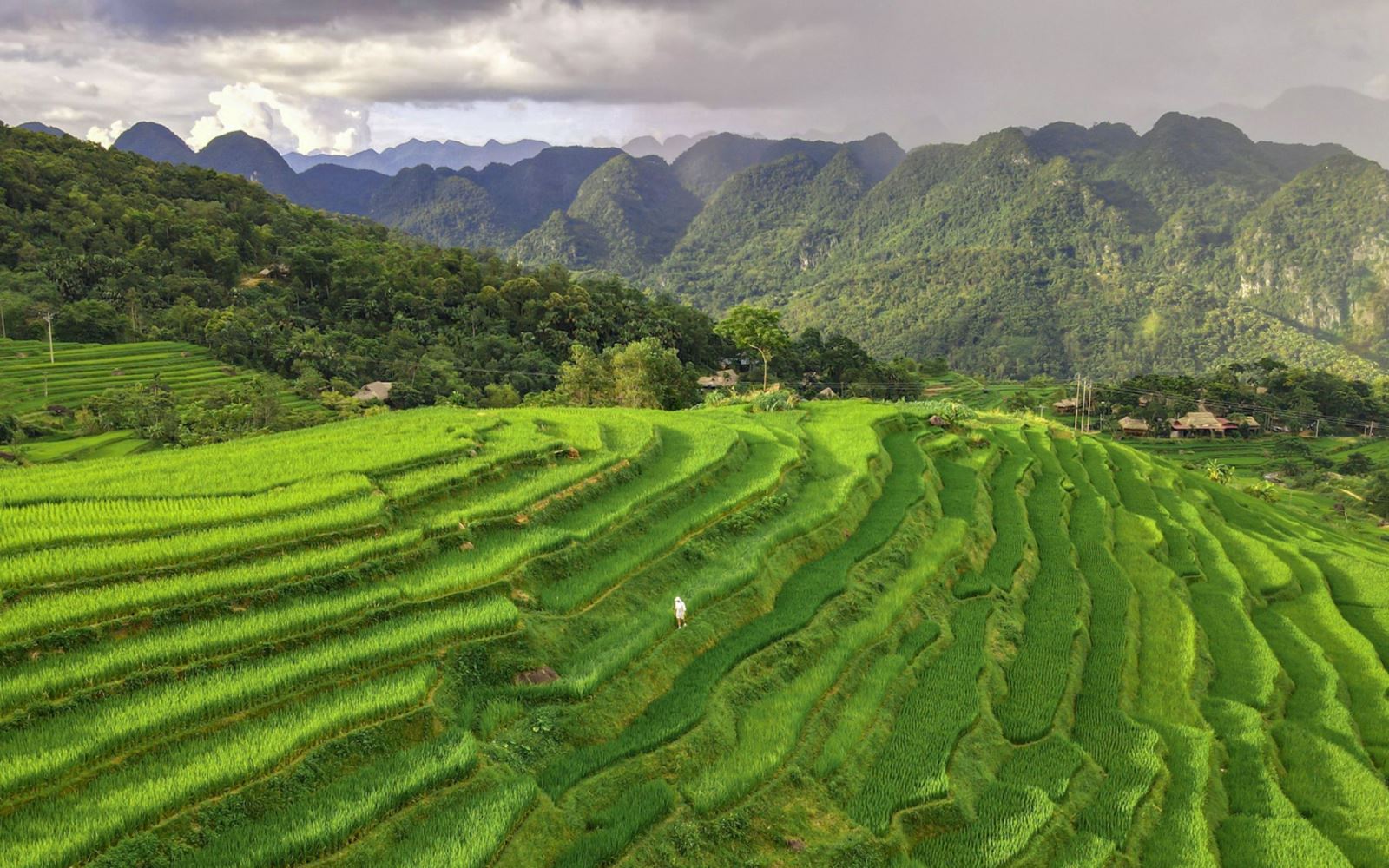

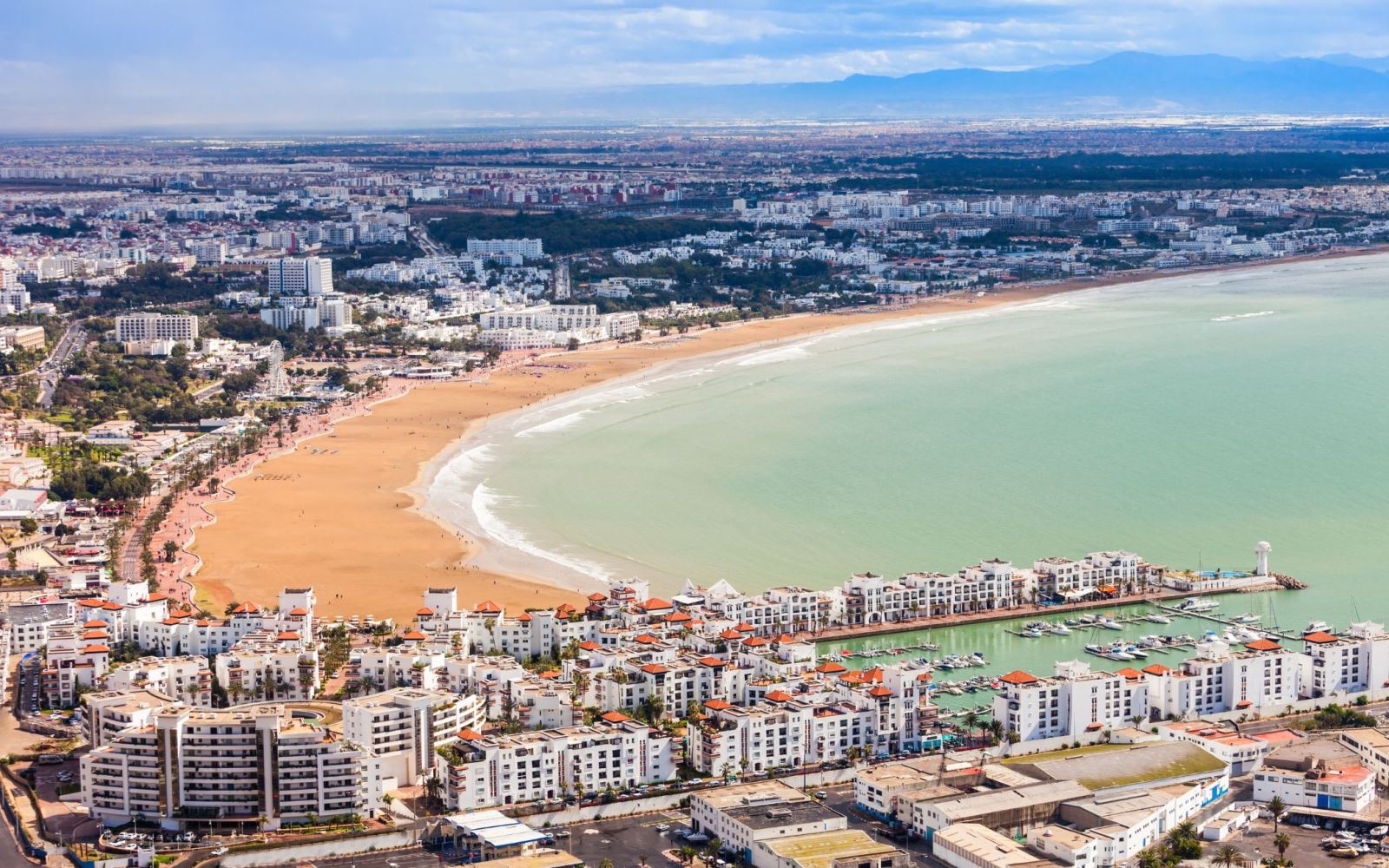
.jpg)
.jpg)
.png)
